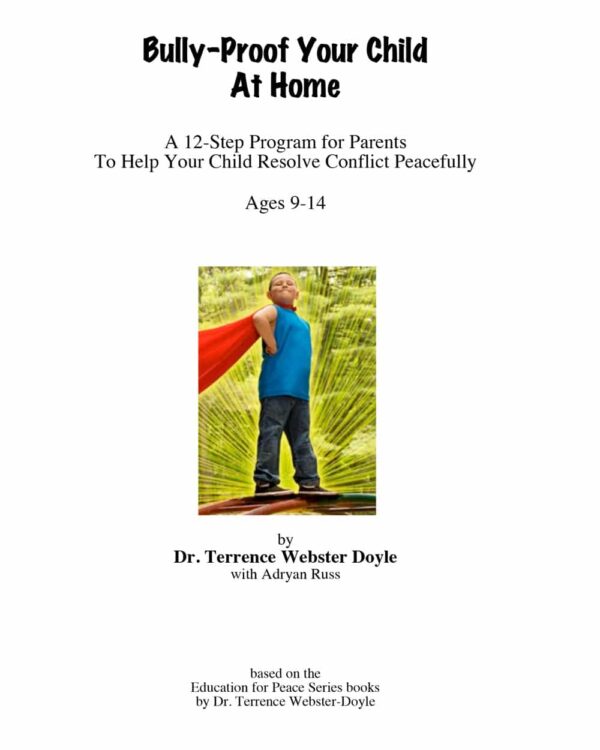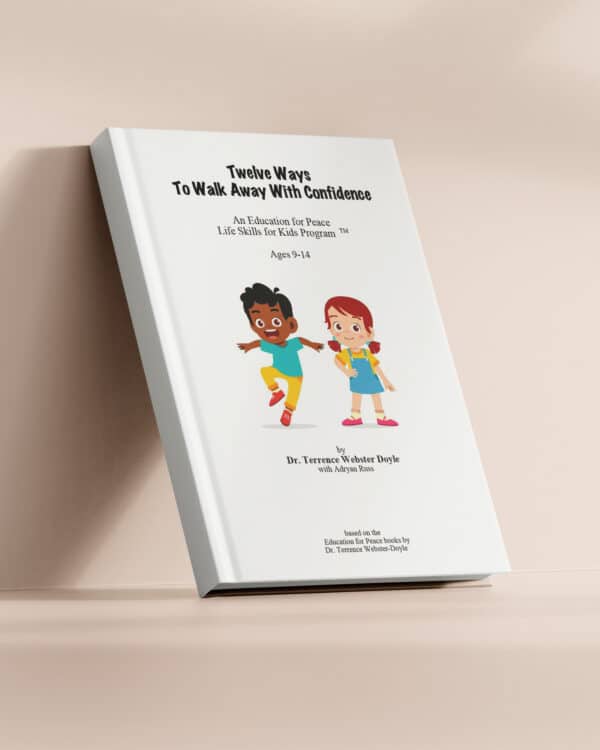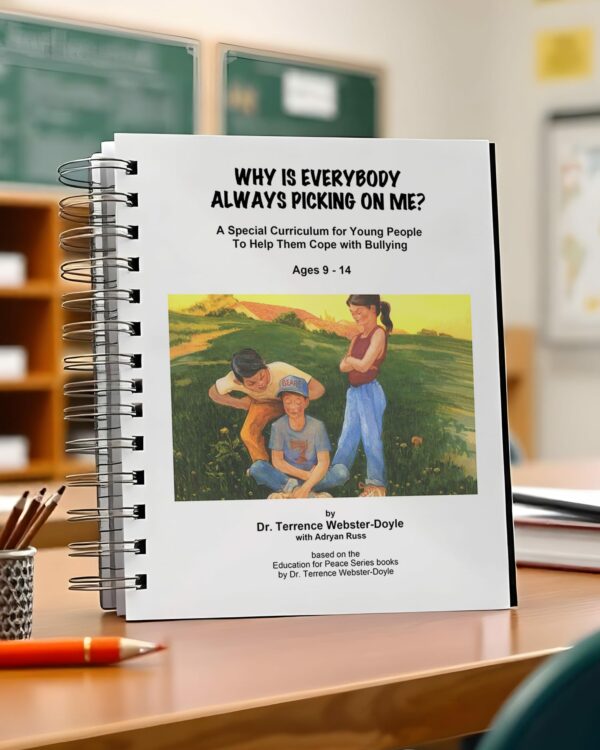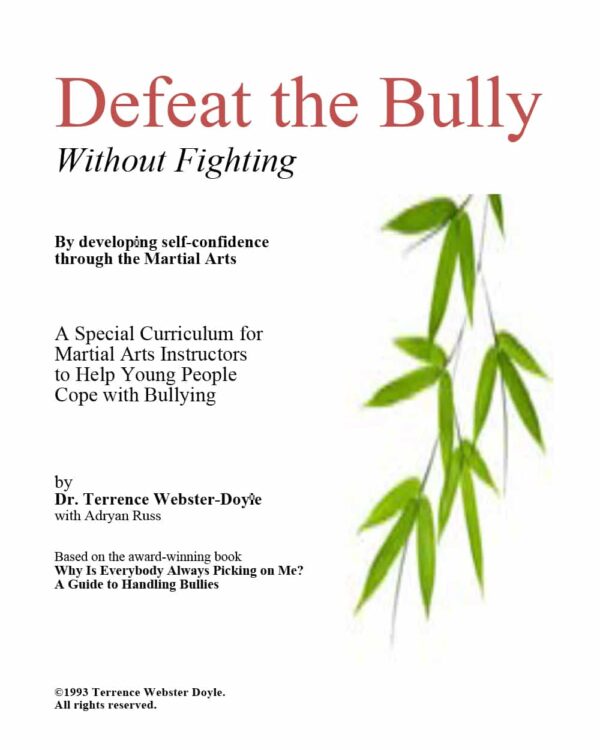Spotting Bullying Early in the School Year: Warning Signs to Know

The first weeks of school are full of excitement. There are new faces to meet and new routines to adjust to. For many kids, it is a chance to start fresh. Some kids are busy making friends while others are learning the dynamics of the playground or classroom. It is a period of change, and for some students, that transition can be challenging. This is often when bullying can start.
Spotting the early signs of bullying during the start of the school year is one of the most important things you can do to protect a child’s well-being.
Whether you’re a parent at home or a teacher in the classroom, knowing how to tell if a child is being bullied means you can step in before it escalates. The warning signs aren’t always obvious, but when you know what to watch for, you can act quickly to offer support.
In this guide, we’ll walk through the most common bullying warning signs you might see in those first few weeks of school. You’ll also find real-world examples and practical steps to help you respond.
Quick List of Bullying Warning Signs in the First Weeks of School
If you’re wondering how to tell if a child is being bullied, the first step is to know what to look for. In the early weeks of the school year, pay close attention to any changes in behavior, appearance, or mood.
These signs don’t always mean bullying is happening, but they’re worth noticing and following up on.
Possible early signs of bullying include:
- Reluctance or refusal to go to school, especially if they were fine with it before
- Unexplained injuries like scratches or bruises
- Damaged or missing belongings, including school supplies or lunch items
- Sudden changes in eating or sleeping habits
- Withdrawal from friends or avoiding certain areas at school
- Drop in school performance or focus
- Sudden clinginess in younger kids or increased anxiety in older ones
Seeing one of these signs once might not be a cause for concern, but repeated patterns can be a red flag. The sooner you spot them, the sooner you can step in with support.
Physical Warning Signs Parents and Teachers Might Miss
Some early signs of bullying show up in a child’s appearance or physical condition, but they’re often explained away as “accidents” or “just roughhousing.” While bumps and scrapes happen, repeated or unusual injuries can be a sign that something more is going on.
Look for:
- Small bruises or scratches in places that aren’t typical for everyday play
- Torn clothing, damaged backpacks, or broken school supplies
- Items that go missing more than once, such as lunch money, water bottles, or sports gear
For example, a student might show up with a ripped sleeve and say they caught it on a desk. That could be true, but if it happens again the next week, it’s worth paying closer attention. Teachers might notice the same child always “forgetting” their pencil case, or parents might find that lunch money seems to disappear faster than expected.
By watching for patterns rather than one-time incidents, you can spot physical signs of bullying before the situation escalates.
Emotional and Behavioral Changes
Not all bullying warning signs are physical. Many show up in a child’s emotions and behavior, often in ways that are easy to overlook. Changes in mood, attitude, or personality, especially if they appear suddenly, can be strong indicators that a child is experiencing bullying.
Watch for:
- Increased irritability or anger after school
- Tearfulness, sadness, or frequent mood swings
- Loss of interest in activities they used to enjoy
- Difficulty concentrating on schoolwork or other tasks
- Avoidance of social situations, even with friends they liked before
For example, a usually outgoing student might start keeping to themselves during group projects. A child who was excited about soccer practice last month might now beg to skip it. While these shifts can have many causes, bullying is one possibility that should be taken seriously.
If you’re noticing these changes in the first weeks of school, try to connect with the child in a low-pressure way. Sometimes they’ll share what’s going on when the moment feels safe and supportive.
Anti-Bullying Resources
Social Red Flags
Bullying often affects a child’s friendships and social life before it’s obvious in other ways. These early signs of bullying can be subtle, especially in the first weeks of school when social circles are still forming.
Both parents and teachers can help spot these changes by paying attention to who a child spends time with and how they interact.
Look for:
- Friends suddenly disappearing from their usual group
- A child avoiding certain classmates or staying close to adults during free time
- Spending recess or lunch alone when they used to play with others
- Being excluded from games, activities, or group projects
- Hesitating to attend birthday parties or school events
For example, a teacher might notice a student lingering near the classroom door during recess instead of joining the playground games. At home, a parent might hear their child say they “don’t feel like” going to a friend’s house anymore, without giving a clear reason.
These social shifts can point to bullying in the first weeks of school, even when no one is openly talking about it.
Academic Warning Signs
Bullying doesn’t just affect a child’s mood or friendships, it can also show up in their schoolwork. A sudden change in academic performance is one of the early signs of bullying that teachers often notice first.
When a child feels unsafe or distracted, it becomes harder to stay engaged in lessons and complete work to the best of their ability.
Watch for:
- A drop in grades compared to the start of the year
- Frequent incomplete or missing homework
- Less participation in class discussions or group work
- Daydreaming or appearing distracted during lessons
- Rushing through assignments without care
For example, a teacher might see a student who was eager to answer questions in the first week suddenly stop raising their hand. At home, a parent might find that their child is spending more time staring at homework than working on it or avoiding it altogether.
While a drop in performance can have many causes, bullying that starts in the first weeks of school should be on the list of possibilities to investigate, especially when it’s paired with other warning signs.
Why Early Detection of Bullying Matters in the First Weeks of School
The start of a school year sets the tone for everything that follows. When bullying begins early, it can quickly become part of a child’s daily reality. The first few weeks are when social hierarchies take shape, so stepping in at the first sign of trouble can prevent harmful patterns from taking hold.
Bullying that’s left unchecked can escalate fast. A few unkind comments in September can turn into regular harassment by October. By the time the school year is in full swing, those behaviors may feel normal to the people involved which makes them harder to stop.
Early intervention has another benefit: it builds trust. When a child sees that adults respond quickly to their concerns, they’re more likely to speak up in the future. Teachers and parents who act on the small warning signs, before things get worse, can protect a child’s emotional well-being. They can also help them keep healthy friendships and stay connected to their learning.
What to Do if You Spot Signs of Bullying
If you notice possible signs of bullying in the first weeks of school, it’s important to act quickly but calmly. Kids need to know you’re on their side, and they also need to feel safe sharing what’s going on.
Steps you can take right away:
- Create a safe space to talk. Choose a quiet, private moment and let the child know you’re ready to listen without judgment.
- Ask open-ended questions. Instead of “Did someone bully you?” try “Can you tell me about your day?” or “Who did you spend time with at recess?”
- Keep records. Note any incidents, changes in behavior, or physical signs. Patterns are important if you need to involve the school.
- Reach out to school staff early. Teachers, counselors, and administrators can help address concerns before they grow.
- Reassure the child it’s not their fault. Kids often feel shame or blame themselves, so hearing your support matters.
If you’re not sure where to start, our Back-to-School Starter Bundle can help. It includes ready-to-use tools and bullying prevention resources you can put in place right away, whether you’re a teacher creating a safe classroom environment or a parent looking for ways to support your child.
Having a plan in place makes it easier to respond quickly and confidently when you see the warning signs.
Encouraging Kids to Share What’s Happening
One of the biggest challenges in addressing bullying is that kids often keep it to themselves. Some worry it might make things worse, while others feel embarrassed and think no one can help. Building trust early in the school year makes it more likely they’ll come to you when something’s wrong.
Ways to open the door for honest conversations:
- Make daily check-ins part of your routine. This could be a chat on the way home from school or a quick talk at bedtime.
- Ask about both the good and the tough parts of their day. When kids see you care about the full picture, they’re more likely to open up about problems.
- Share your own small stories from school or work. It shows them that challenges are normal and that talking about them is okay.
- Listen without interrupting. Let them finish their thoughts before offering advice or solutions.
For example, a teacher might start each morning with a brief “how’s everyone doing” circle, giving students a safe space to speak. A parent might notice their child is unusually quiet after school and simply say, “You seem a little different today. Want to talk about it?”
Small, consistent moments like these help kids feel heard, which is the first step in addressing bullying early in the school year.
Closing & Resources
The first few weeks of school are a fresh start, but they can also be a time when bullying starts. By knowing the warning signs and responding quickly, you can help a child feel safer and more supported. This also gives them a better chance to stay focused on learning.
Small changes in behavior or unexplained physical marks shouldn’t be ignored. The same goes for sudden shifts in friendships or noticeable drops in school performance. Even if the cause isn’t bullying, your attention and care can make a difference.
If you’re looking for more ways to support students this school year, explore our Back-to-School Starter Bundle. It’s packed with practical tools and ready-to-use classroom resources that include bullying prevention strategies you can put in place right away. You can also check out our other guides, like 12 Ways to Walk Away with Confidence curriculum which helps kids deal with bullying, or our Weekly Bullying Prevention Newsletter for more ideas.
When parents, teachers, and school staff work together, early signs of bullying are much easier to spot and to stop. Your actions now can set the tone for a school year.




